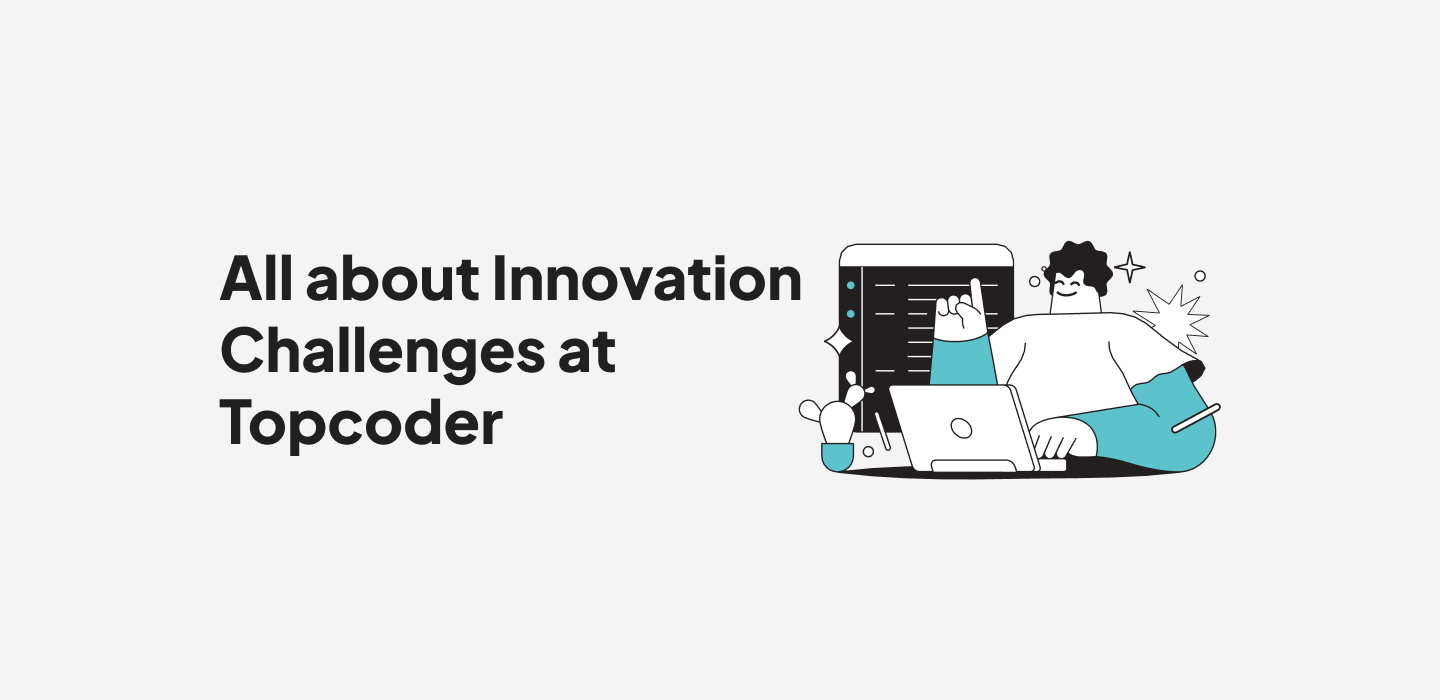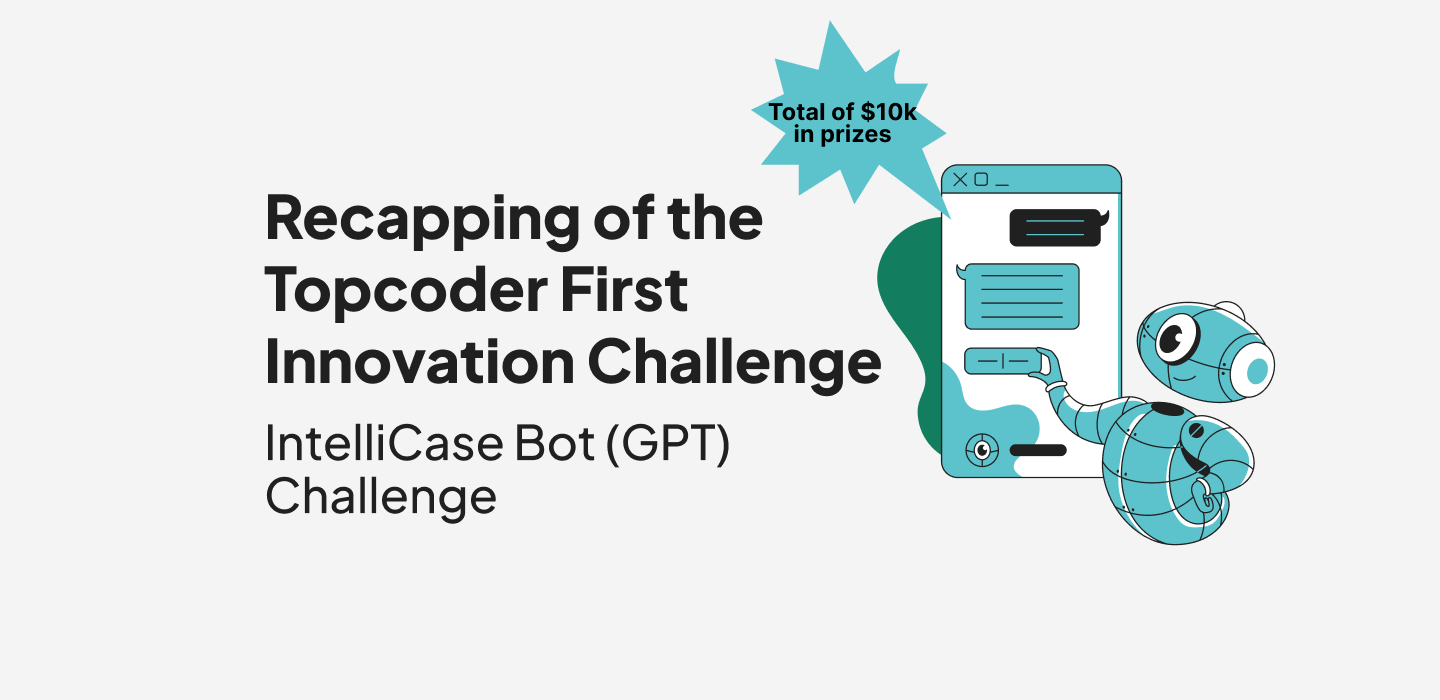September 28, 2017 Debunked: The Top 8 Myths About Crowdsourcing
The practice of crowdsourcing has been around for centuries, though it’s still a foreign concept for many businesses today. And as with most new things, there are some common misconceptions about it. I’ve compiled the eight most common myths about Topcoder’s model and debunked them, to shed some light on a proven way to get work done.
Myth #1: Crowdsourcing and crowdfunding are the same thing
I’m here to officially state that crowdsourcing is different than crowdfunding. Crowdfunding is geared toward getting individuals to financially contribute to a product or cause, while crowdsourcing is all about engaging a community to contribute ideas or work to solve a problem. We’re glad to go on record as saying Topcoder is not a crowdfunding community.
Myth #2: Our crowd is a group of unknown people
In truth, our seemingly unknown global crowd is a tight-knit community of people that first join together from all over the world because of common interests. They get involved in performing work, participating in activities, and sharing and communicating. The important thing is that in our definition of crowdsourcing, “crowd” is the wrong word. The right word is “community.”
More recently, our community has expanded to include new definitions. We’ve recently introduced the idea of a hybrid crowd, which allows customers to crowdsource work with their own employees, vendors, or contractors (or any combination of those) — plus the public crowd.

Myth #3: Crowdsourcing can’t be used for sensitive projects
Actually, quite the opposite. Not only is crowdsourcing just as secure as traditional software development, but in many ways, it’s more secure. Businesses don’t need to sacrifice innovation for security.
Myth #4: Crowdsourcing is best for micro tasks
While crowdsourcing is effective for micro tasks, the sweet spot for crowdsourcing is sometimes the more complicated tasks — tasks that can’t be solved as efficiently with traditional labor, like data science and creative design. For instance, with Konica Minolta, we’re currently working on cancer recognition technology using the latest semantic image segmentation. And in the last year, we did extensive design and development work on the HPE Living Progress Challenge, an innovative program that sought to create digital solutions that improve people’s lives on a global scale. Those are just two examples of complex cases that use crowdsourcing to tap into new skills and get winning results.
Myth #5: Crowdsourcing is either cheaper or more expensive than traditional labor
Crowdsourcing is not a one-size-fits-all model. It’s a market-driven approach to finding the right cost and the right approach to a given unit of labor. We leverage a more diverse group of people, from all over the world, and we have exceptionally accurate pricing using an open marketplace. Really, by definition, crowdsourcing is the “right price” because it’s determined by market dynamics.
Myth #6: Crowdsourcing attracts and appeals to people from low-cost regions
This couldn’t be further from the truth. Crowdsourcing is less about the cost of labor and more about efficiency. If your most efficient software developer is 50 times more efficient than an average software developer, it has a greater impact on their earnings than their location does. And at Topcoder, our largest member population is in the U.S., followed by India, China, Canada, and Russia. To that end, not only does crowdsourcing not mean “crowdfunding”; it also doesn’t mean “outsourcing.”
Myth #7: You have to wrangle the crowd yourself
When you work with an individual freelancer or an agency, your job is generally to manage the relationship, the process, and the output yourself. We use our platform — combined with copilots and reviewers (trusted, expert members of the Topcoder Community) — to help our clients manage and assess projects from start to finish.
Myth #8: The people working on my project won’t understand my business
As with any other model — whether it’s hired employees, outsourced contractors, or freelancers — people often need a certain level of company or industry knowledge to complete work projects or certain types of tasks. But with crowdsourcing, you’re able to continue working with the top talent in the future as well. Crowdsourcing isn’t only for one-off projects, and many of our members continue to work on accounts/projects for companies they’ve had success with before. That can mean reduced lead time and better results for everyone.
The idea of a working with a global “crowd” can be daunting when you’re unfamiliar with its origin story. At Topcoder, we’ve spent more than a decade building a community of people with incredible skills from nearly every country in the world. Our members receive feedback on their submissions, earn prizes, and many even get to compete in person at our annual Topcoder Open (TCO) events. It’s their collaborative nature and continually evolving technical skills that make it possible for us to give clients timely, high-quality work across all industries.

Mike Morris
CEO


